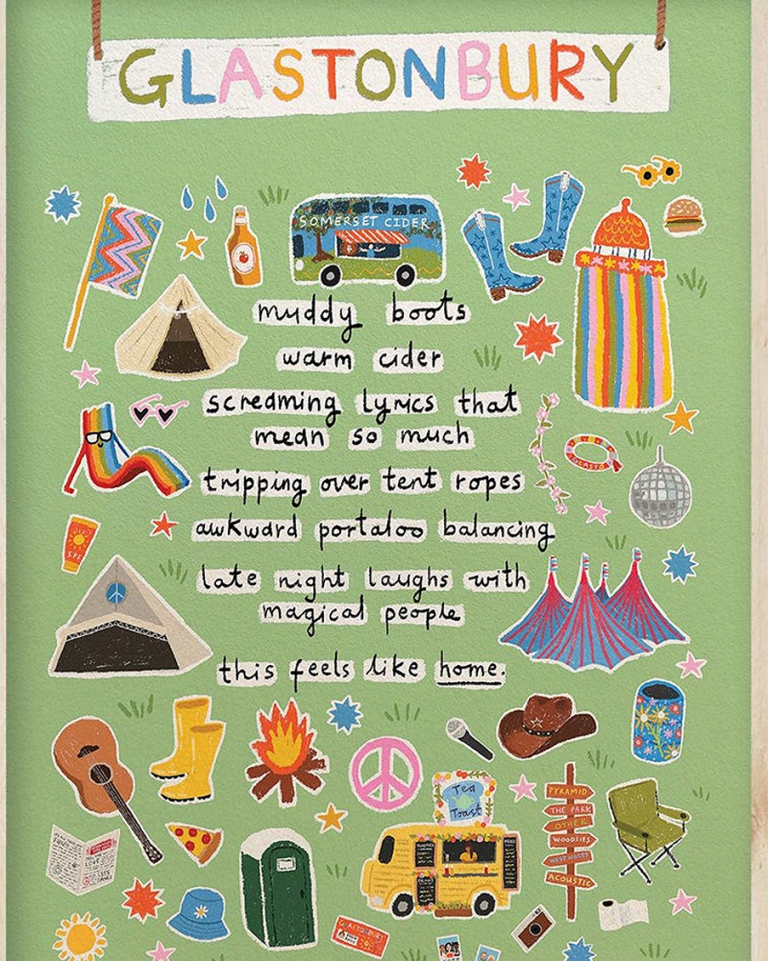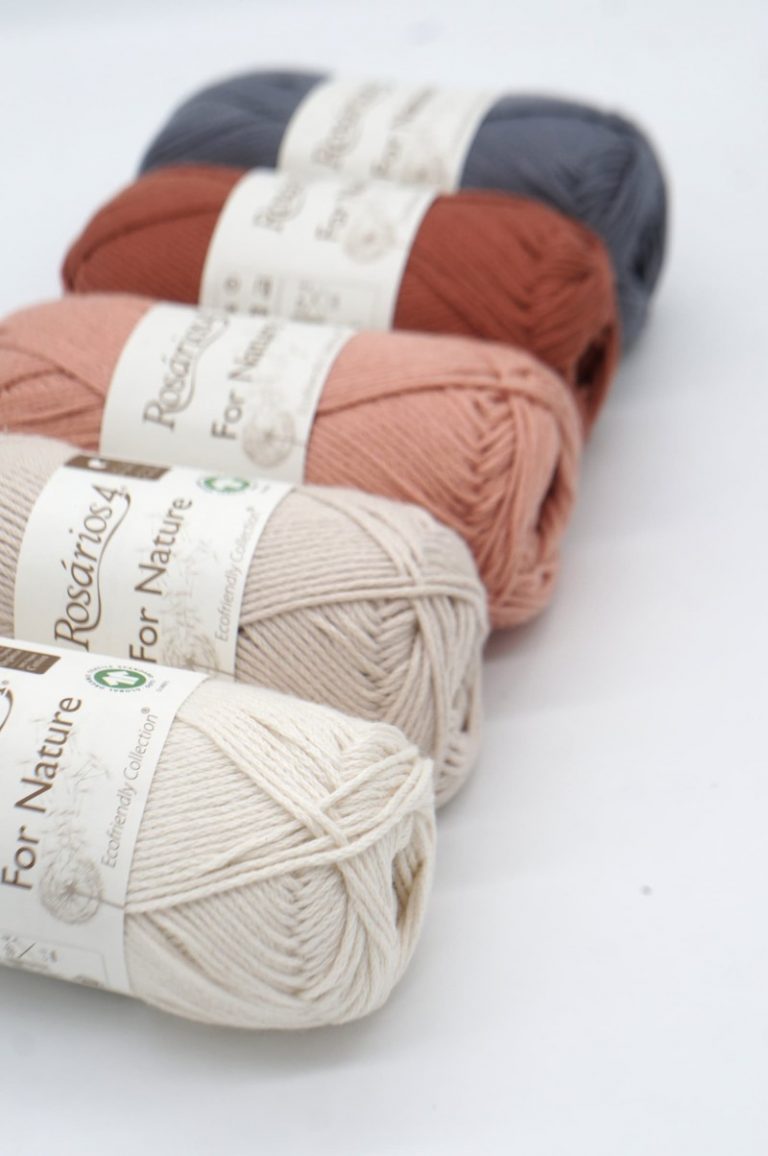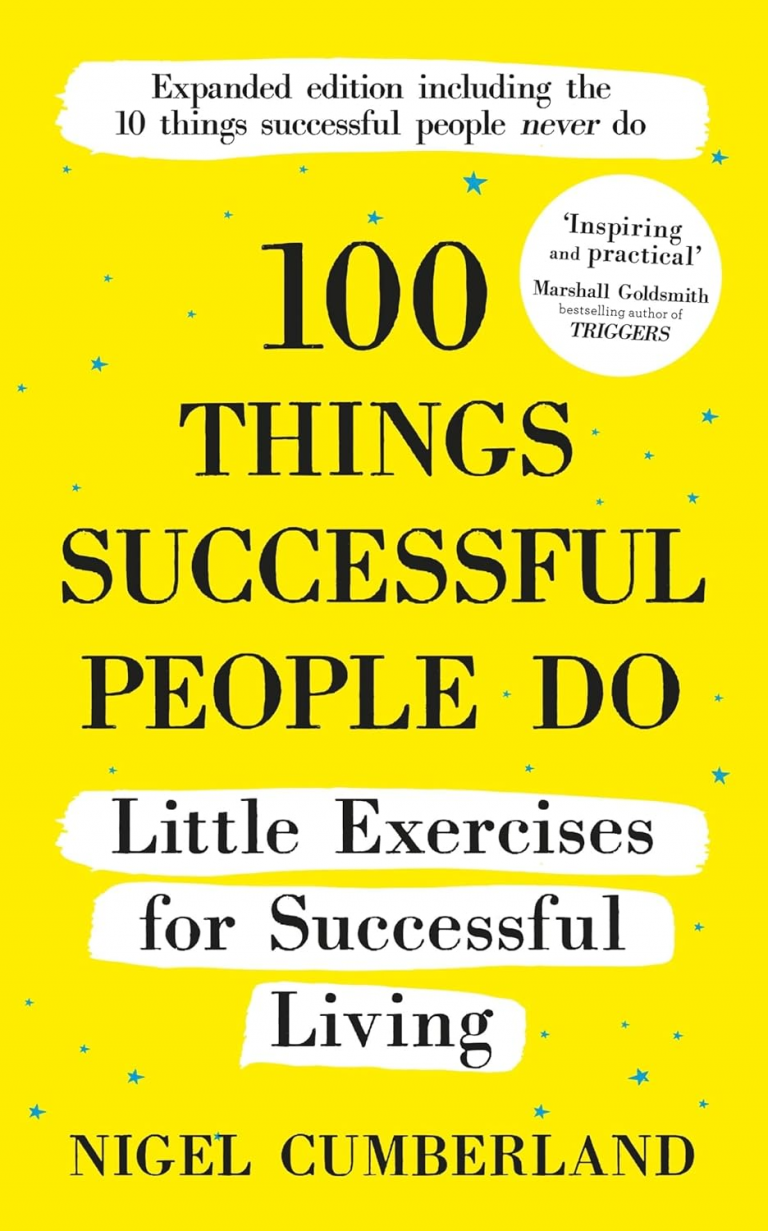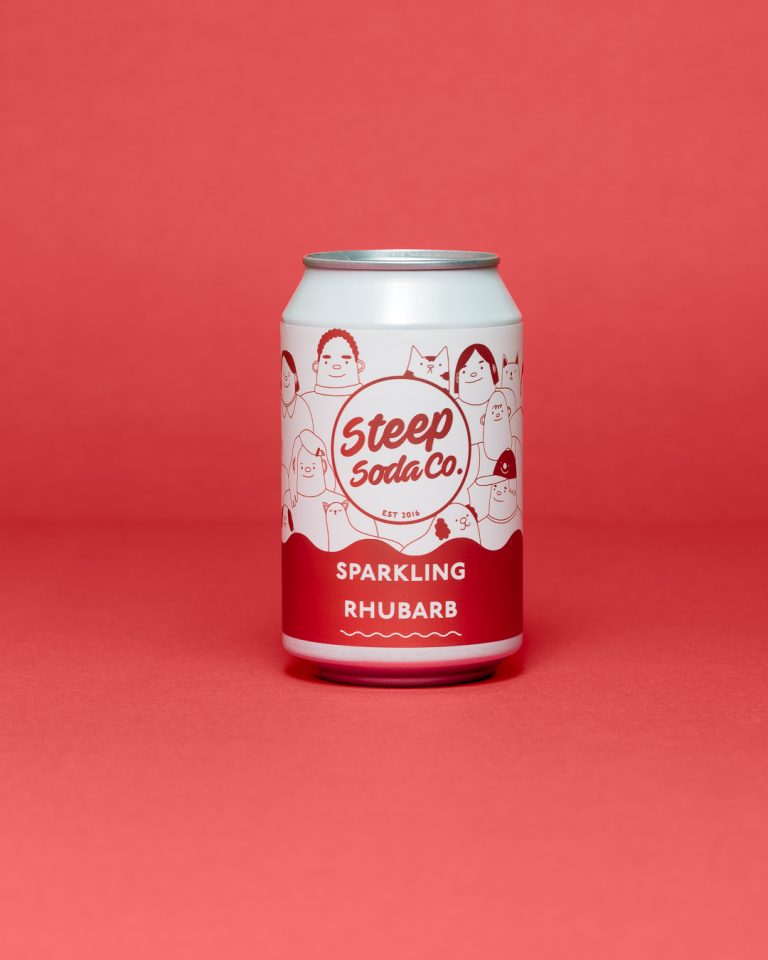
Rugby was indeed invented in the Midlands market town. Back in 1823, a young boy playing football, decided to pick up the ball, and run with it! Many people prefer rugby to football as it’s more active, and things happen, rather than matches that sometimes end in 0-0!
Rhino Rugby Ball is made from 70% recycled rubber with natural latex, engineered to bounce right, with a multigrain max grip for consistence performance. Just like football, this is a better choice than leather footballs, often made in countries with poor animal welfare and human rights laws.
Why Rugby Scrums Need Greener Practices
Rugby brings people together, from bustling stadiums on match day to quiet training centres buzzing with energy. But all this activity leaves a hefty environmental cost behind.
From how fans get to the ground, the lights shining down on the pitch, to the rugby shirts and balls themselves, every little bit fuels carbon emissions. If we care about teamwork and responsibility, it makes sense for rugby to start looking at greener habits.
Carbon footprint of match day travel
Travel is often the biggest source of rugby’s emissions. On any given weekend, cars and buses filled with players, coaches, and loyal fans pour into stadiums. According to the Sport Positive Summit, travel can make up over 60% of a club’s match day emissions.
Those miles clock up fast, especially in countries where fans travel long distances.
But there are easy shifts that make a real difference:
- Car-share initiatives: Offer lift-sharing among players and supporters. Fewer cars mean less pollution.
- Group rail tickets: Clubs can work with rail companies to secure reduced fares, encouraging train travel for away games.
- Host more local tournaments: By drawing teams from nearby areas, regional events slash the need for long drives or flights.
Clubs that start these changes find not only lower emissions but more connected communities. Every small move adds up over a season.
Energy use in stadiums and training centres
Stadiums and clubhouses swallow plenty of energy just to stay open. Lights for late-night training, heating to beat the cold, and those big electronic scoreboards all add to a club’s bills and carbon load. A typical rugby stadium can use as much electricity in a few hours as several homes do in a month.
Simple energy-saving swaps help cut waste:
- Switch to low-energy lighting: LED bulbs use around 75% less electricity than old halogen ones.
- Upgrade heating systems: Smart thermostats and careful insulation trim both energy use and costs.
- Look for renewable suppliers: Many clubs can now buy green electricity, or even fit solar panels on their roof.
Environmental impact of traditional gear
Rugby gear tells its own story. Most rugby balls are made from plastic materials like polyurethane (PU) or polyvinyl chloride (PVC), which come from oil. Team kits blend polyester with cotton, but cotton needs huge amounts of water and pesticides to grow. Producing just one cotton rugby shirt could use around 2,700 litres of water.
More gear means more waste, especially when kits change every season or balls get binned after a match. To make these choices greener:
- Choose organic cotton kits. These also prevent microplastics being released from washing machines.
- Reuse and donate old gear: Instead of throwing away last season’s kit, donate it to grassroots clubs or find a textile recycling point.
Being smart about kit and equipment helps rugby clubs protect the planet, and keeps the game inclusive and affordable for everyone. Rugby’s strong community spirit is a powerful tool. By rallying behind these greener practices, every scrum can be part of the solution.
Eco‑Friendly Pitch Management
Keeping the ground healthy is at the heart of sustainable rugby. It does more than support strong scrums and running games; it also helps reduce the club’s carbon footprint over the long term. A green pitch starts from the soil and stretches across water use and how often we mow. Here’s how clubs can make the ground safer for players and kinder to the planet.
Organic soil and natural grass mixes
A good scrum needs tough, springy grass with grip built in. Soil is where it all begins. When clubs use organic soil blends and natural grass, the pitch gets stronger and bounces back faster after rain and muddy sessions.
Natural grass mixes, chosen for local climates, support lush growth with fewer chemicals. The most popular mixes include:
- Ryegrass and fescue: Both hold up well to heavy footwork and recover after scrums collapse.
- Clover: Fixes nitrogen in the soil, lowering the need for artificial fertiliser.
- Native grasses: Grown from local seeds, these types boost biodiversity and wildlife.
Switching to organic soil and the right grass can mean fewer muddy patches and fewer bare spots, even after a wet November match. Players get safer footing and the club keeps fertiliser bills down.
Use organic lawn care. Yorkshire-made Grazers is a non-toxic alternative to lethal control or pesticides, which makes grass unpalatable to rabbits and other creatures (can also be used for bowling greens and golf courses).
Don’t use where pet rabbits roam, as they won’t be able eat treated grass. And ensure wild rabbits have non-treated (edible) grass nearby.
Keeping tennis courts looking fresh doesn’t have to mean heavy chemicals or water waste. By switching to organic lawn care and clever irrigation, clubs help the soil, the grass, and the local bees.
- Use organic fertilisers made from seaweed, plant compost, or chicken manure. These feed the grass without hard chemicals that sink into streams.
- Set up drip irrigation, which gives just enough water straight to the roots. This avoids wetting the whole court or letting water pool in bad spots.
- Stick to a set mowing schedule that cuts only the top third of the grass. Cutting too short stresses the lawn and wears out soil. Longer grass holds water better and shelters tiny insects.
These simple steps lead to harder-wearing grass, fewer weeds, and less runoff. Healthier lawns even need less upkeep when matches are over.
- pitch. This means less mains supply used on dry weeks.
- Smart timers and sensors: Fit sensors that quiz the soil for moisture levels, so sprinklers only run when dry. Set timers for early morning or after sunset to avoid water loss in the heat.
Reusable line markings and low‑impact maintenance
Keeping the lines sharp and the grass low doesn’t have to cost the earth. Traditional white line paints often include plastics or harsh chemicals that linger long after match day. There are smarter options now.
Clubs can switch to chalk or biodegradable paints for pitch lines. Chalk washes away easily after rain and returns to nature without fuss. Biodegradable paints break down over time, so no polluting chemicals stick around. For smaller clubs, reusable line markers are refillable and cut down on single-use plastics.
When it comes to mowing, there are tricks to lower fuel use and protect habitats:
- Electric mowers: Corded or battery-powered models have no tailpipe gases and are quieter for neighbours.
- Longer grass edges: Letting field margins grow taller gives pollinators a home and cuts mower time.
- Scheduled mowing: Only mow when grass reaches a set height – not just on the same day every week.
You don’t have to lose the look of a well-kept pitch. These small changes mean the grass is healthy, less fuel is burned, and fewer chemicals end up in the local stream.
By treating the pitch as part of the club’s team, groundskeepers and coaches help build a greener game. Start with these steps and every scrum will be softer on the planet, as well as tough for the rival pack.
Community Action and Policy
Building a greener rugby future takes teamwork, not just from club committees but from fans, players, and the sport’s highest bodies. Efforts at every level make a difference. Clubs that work together, invite fans to join in, and back up action with real policies can bring lasting change. Here’s how the rugby community can pull together and leave a lighter footprint.
Club sustainability pledges
Getting clubs to make public sustainability pledges is a powerful first step. A green charter sets out real goals, showing a commitment to cut waste, switch to cleaner energy, and use better materials. Whether your club is big or small, putting this down in writing adds weight. It’s like the team’s code of conduct—straightforward, clear, and built for everyone to follow.
- Signing a green charter: Clubs can use templates from environmental charities or rugby groups. These charters outline clear actions (like “reduce energy use by 20%” or “achieve zero waste by 2025”).
- Tracking emissions: Keeping tabs on the club’s biggest sources of carbon—travel, energy, food, and waste—helps spot the worst offenders. Simple tools, like online calculators or spreadsheets, keep records easy.
- Reporting progress: Clubs who shout about their wins inspire others. A “green stats” section on the club website, social media posts, or a year-end report can highlight drops in waste, switches to cleaner energy, or new water-saving tricks.
People want to see real change. By sharing progress and learning from mistakes, each club helps set the tone for the rugby world.
Fan engagement programmes
Fans are the heart of every club. When they join in, small actions grow into something big. Making greener choices fun, easy, and rewarding gets everyone on board.
- Recycling bins in the right places: Placing clearly labelled recycling stations around the stadium, by food stalls, and near the exits makes it simple for fans to pitch in. Some clubs run competitions—whichever section recycles the most during the season wins a home game treat.
- Carbon-offset ticket sales: Buying a rugby ticket could include a small extra fee that funds tree planting, clean energy projects, or nature reserves. Let fans opt in, then keep them posted on the difference their ticket is making.
- Greener match day education: Clubs can hand out short guides at games, run eco quizzes at half-time, or host “green supporter” days. Local environment groups might set up stalls or activities for kids. Clear signs, social posts, and announcements spotlight simple swaps—like walking or cycling to the match, bringing reusable water bottles, or picking low-packaging food options.
The Green Gazelles (a vegan rugby team)

Green Gazelles is England’s first vegan rugby team! They are not professional, but looking for sponsorship, so get in touch if you can help!
Their approach covers every angle: plant-based team meals, eco-certified training wear, and a preference for biodegradable or recycled equipment.
The Gazelles also work with partners to test new sustainable products on the field, from cleaner scrum machines to reusable water bottles. Most notably, they serve as public advocates for the environment, hosting clinics and social campaigns that educate others on how little changes can add up.
Sustainable Steps at the Green Gazelles:
- 100% vegan nutrition plans for all players and staff
- Use of vegan rugby balls and boots
- Commitment to zero waste on match days
- Collaboration with eco-brands for training and match equipment
The team’s influence spreads beyond their own club. Youth leagues and amateur teams now look up to the Green Gazelles, drawing ideas on how to adopt green thinking into daily rugby life.

Anthony Mullally was one of the tallest (6ft 5in) and heaviest players on the circuit. But if you think you could knock him down with a feather, he lives on plants! He first went vegetarian and then vegan. He has now retired from rugby, and runs wellness retreats for men in Cornwall.
Conclusion
Simple steps like car sharing, using recycled kit, or planting pitches with the right grass all chip away at rugby’s carbon footprint. The gains might look small in isolation, but over the season and across clubs, these changes stack up. Next time your team lines up for a scrum, try one green tip from this guide and see how easy a swap can be.
Every club that gets involved makes rugby stronger for the future. Thanks for reading—share your own ideas or success stories and help others in the rugby community take action.






